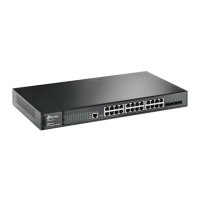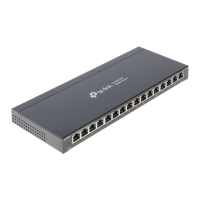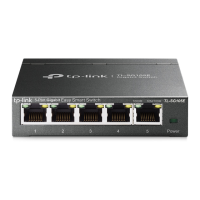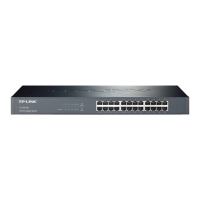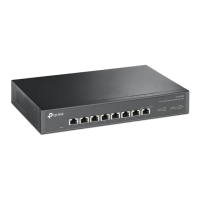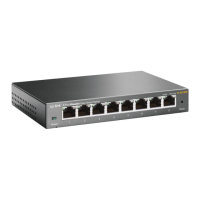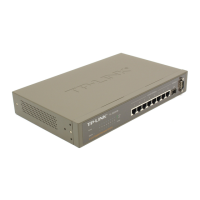User Guide 274
Configuring Private VLAN Overview
Note:
T2600G-18TS does not support Private VLAN.
1
Overview
Common large networks such as ISP networks generally isolate users by VLANs. However,
with the increasing number of users, upper-layer devices have to create large amount
of VLANs to manage all the users. According to IEEE 802.1Q protocol, each upper-
layer device can create no more than 4094 VLANs, which means upper-layer devices in
backbone networks will face shortage of VLANs. By creating primary VLAN and secondary
VLAN, private VLAN is an effective solution to this problem.
Based on 802.1Q VLAN, private VLAN pairs a secondary VLAN with a primary VLAN. A
primary VLAN can pair with more than one secondary VLANs to compose several private
VLANs. In a private VLAN, Layer 2 isolation can be achieved between end users with
secondary VLANs, while upper-layer devices only need to recognize primary VLANs, which
solves the problem of VLAN shortage. Meanwhile, private VLAN resolves the conflicts
triggered when users’ need of VLANs is different from what the ISP can provide.
The network models of traditional VLAN and private VLAN are shown in Figure 1-1 and
Figure 1-2 respectively. In the network model of traditional VLAN, isolation between users
is achieved by creating VLAN2, VLAN3 and VLAN4. In this case, the upper-layer device,
Switch A, needs to recognize 3 VLANs including VLAN2, VLAN3 and VLAN4.
Figure 1-1 Topology of Traditional VLAN
Switch A
VLAN2
Switch B
VLAN3 VLAN4
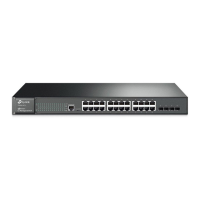
